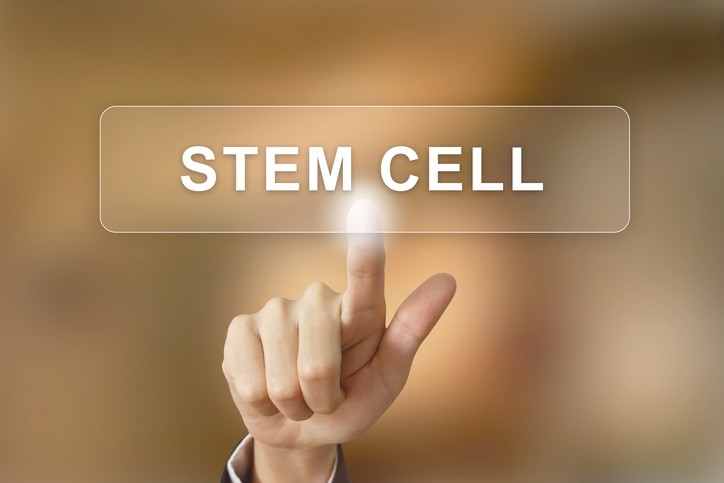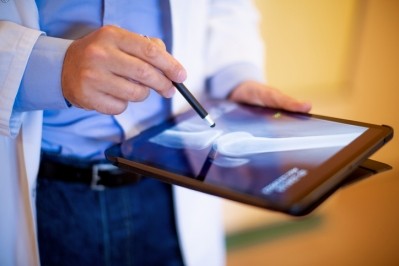'One-litre bioreactor scale currently the maximal for stem cell expansion and differentiation'
Industry needs new bioreactor and monitoring tech for stem cell scale-up, expert

For both multipotent somatic / adult (such as Hematopoietic and Mesenchymal) and pluripotent (such as human embryonic and induced pluripotent) stem cells there have been some major leaps in cultivation innovation over the past few years.
The transition from typical research-type of stem cell cultivation in two dimensional dishes or flasks towards three dimensional suspension cultures is one example, Dr Robert Zweigerdt – a cell biology and regenerative expert from Hannover Medical School (MHH) – told Biopharma-Reporter.com.
Yet while this has enabled the transition of laboratory-scale culture protocols into industry-compliant, stirred bioreactors, supporting more controlled process development, production volumes are low, creating problems taking potential stem cell-based therapeutics into a commercial setting.
“It’s safe to say that for neither adult nor pluripotent stem cells has significant process scale up readily been implemented. For pluripotent stem cells, one liter bioreactor scale for cell expansion and differentiation is currently the maximal.”
Production concerns
Zweigerdt – who will be chairing the first international Stem Cell Community Day in Hamburg, Germany early next month – added controlled, robust and reproducible mass production remains problematic.
“The production of conventional mammalian cell lines such as CHO cells is relative simple as these cells grow in homogenous, single-cell based suspension culture and do not change their phenotype during cultivation,” he told us.
“In contrast, stem cells typically do not grow as single cells but much more complex cell aggregates which constantly change in dimensions and become more heterogeneous if lineage-specific differentiation is induced.”
And as well as creating “massive novel challenges for bioprocessing requiring the development of bioreactor and monitoring technologies not yet available,” there are high costs issues surrounding the specialised culture media and reagents needed for differentiating pluripotent stem cells into specific progenies with high purity and GMP quality.
“This may seem less important for producing cells for therapies which require relative low cell numbers e.g. for regenerating age-related macular degeneration in the eye,” he told us. “However, producing stem cell-derived progenies at clinically-and regulatory compliant quality, even at low numbers, is a massive practical and economical challenge for researchers and companies in the field.”
Safety concerns too remain a challenge in producing commercial-scale stem cells, he continued, “for both the potential persistence of undifferentiated pluripotent stem cells in a clinical cell product, which carries the risk of teratoma formation in the patient.”
“Moreover, stem cell-derived progenies may also induce functional side effects in the patient, e.g. pluripotent stem cell-derived cardiomyocytes may cause arrhythmias when transplanted into patients’ hearts.”
Collaborative efforts
But these problems are staring to be resolved through collaborative efforts between vendors, academia and end-users.
“Close collaborations exist in many areas including culture media development, development of cell-compatible matrices, and adaptation of existing bioreactor technologies to stem cell-specific requirements.”
And the Stem Cell Community Day, organised by life sciences tech firm Eppendorf AG, is hoping to push this further.
“We have tried to involve leading academic and industrial players from across the globe who are all working on [these] challenges,” Zweigerdt said.
“We aim at better defining these challenges, discussing them across this highly educated crowd of specialist, communicating these challenges with innovative young researcher fellows in the audience, and looking for novel solutions proposed by the multidisciplinary areas of cell bioprocessing, which is represented by the invited and visiting scientists at the meeting.”
And we will be in attendance Tuesday week, reporting back for Biopharma-Reporter.com.















